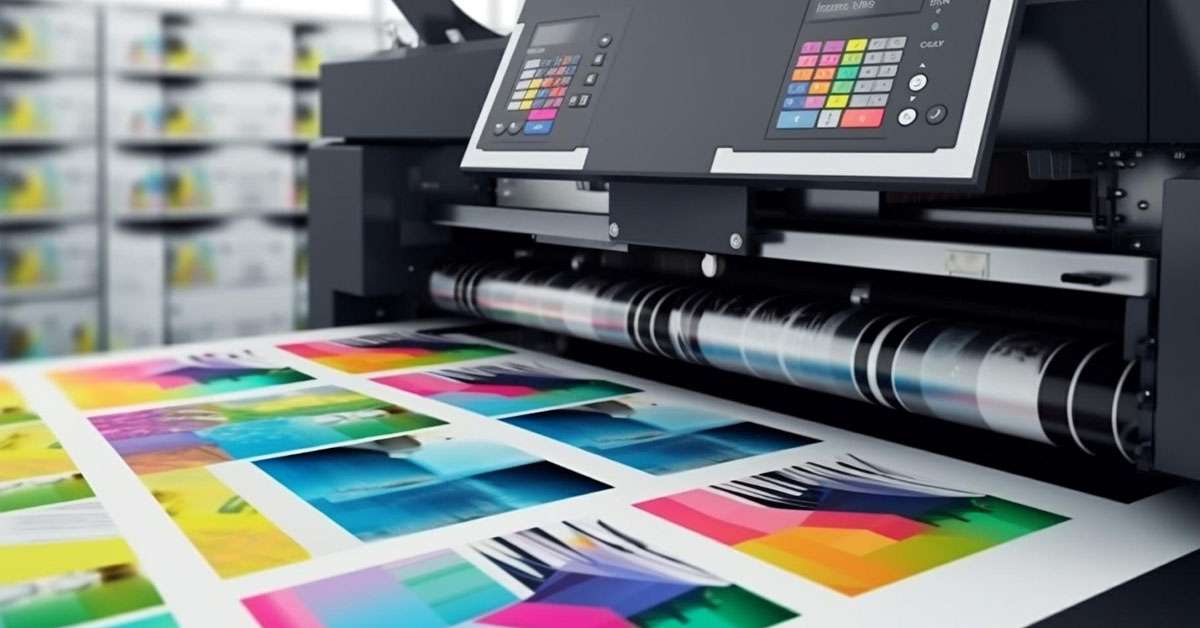The world of print media is evolving rapidly, driven by technological innovations, with AR in print media leading the way. Augmented Reality (AR) is revolutionizing how we perceive and interact with printed materials, offering a dynamic bridge between the physical and digital worlds. Marketing professionals are increasingly leveraging AR to enhance engagement and provide immersive experiences for their audience.

What is AR in Print Media?
AR in print media refers to the integration of Augmented Reality technology with traditional print materials. By using AR, static print content can be transformed into interactive experiences, bringing images, texts, and graphics to life through the lens of a smartphone or a tablet. This fusion allows for a multimedia experience that was previously unattainable with conventional print.
The Benefits of AR in Print Media
1. Enhanced User Engagement
One of the primary benefits of AR in print media is increased user engagement. By offering interactive and immersive experiences, AR captures the audience’s attention more effectively than traditional print. This heightened engagement can lead to longer interaction times and a deeper connection with the content.
2. Improved Content Delivery
AR enables the delivery of complex information in a more digestible format. For example, a printed manual can be augmented with 3D models and animations, making instructions clearer and easier to follow. This capability is particularly useful in educational and technical fields.
3. Boosted Brand Interaction
For marketers, the integration of AR in print media offers unique opportunities to boost brand interaction. Brands can create memorable experiences by merging their print campaigns with AR elements, thereby fostering a stronger connection with their audience and differentiating themselves from competitors.
Applications of AR in Print Media
1. Advertising and Marketing
AR is being widely used in advertising and marketing to create engaging campaigns. By scanning a printed ad with an AR app, users can unlock hidden content, interact with 3D models, or even play games related to the product. This interactive element can significantly increase the effectiveness of advertising campaigns.
2. Publishing and Magazines
Publishers are adopting AR in print media to enhance the reader experience. Magazines can incorporate AR features to provide additional content such as videos, interviews, or behind-the-scenes footage, enriching the storytelling experience.
3. Education and Training
In educational settings, AR can transform textbooks and learning materials into interactive tools. Students can explore 3D models, watch explanatory videos, and participate in interactive quizzes directly from their textbooks, making learning more engaging and effective.
Challenges Facing AR in Print Media
1. Technical Limitations
Despite its potential, the adoption of AR in print media faces several challenges. Technical limitations, such as the need for compatible devices and applications, can hinder widespread implementation and user accessibility.
2. Cost Considerations
Implementing AR technology can be costly. Developing high-quality AR content requires investment in specialized software and skilled personnel, which can be a barrier for smaller companies or those with limited budgets.
3. User Awareness and Adoption
Another challenge is user awareness. Many users may not be familiar with how to access AR content or may not see its value. Educating the public about the benefits and ease of use of AR in print media is crucial for its widespread adoption.
The Future of AR in Print Media
1. Technological Advances
As technology continues to evolve, the capabilities of AR in print media are expected to expand. Advances in hardware and software will likely make AR experiences more seamless and accessible, encouraging more widespread use.
2. Integration with Other Technologies
The integration of AR with other emerging technologies, such as Artificial Intelligence (AI) and the Internet of Things (IoT), will open new possibilities for print media. These integrations could lead to more personalized and context-aware experiences, enhancing user engagement even further.
Conclusion
AR in print media is transforming the industry by bridging the gap between physical and digital content. Despite facing challenges, its potential benefits for user engagement, content delivery, and brand interaction make it a compelling tool for marketers and content creators. As technology advances and costs decrease, the adoption of AR in print media is likely to grow, offering exciting new opportunities for innovation in the print industry.

FAQ
1. How does AR in print media work?
AR in print media works by using AR applications on smartphones or tablets to scan printed materials. This scanning process triggers digital content, such as videos, animations, or 3D models, to overlay the physical print, creating an interactive experience.
2. What are some examples of AR in print media?
Examples include interactive magazine covers, AR-enhanced textbooks with 3D models, and advertising campaigns that feature hidden digital content accessible through AR apps.
3. Is AR in print media expensive to implement?
While there can be significant costs associated with the development of high-quality AR content, the investment can pay off through increased engagement and brand differentiation. Costs may decrease over time as technology becomes more accessible.
For more insights on print technology, visit AI in Printing.
Explore the latest trends in the print industry at OnPrintShop Blog.
This article contains affiliate links. We may earn a commission at no extra cost to you.






